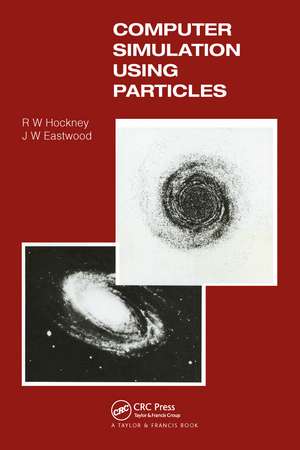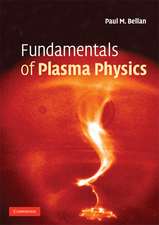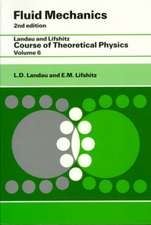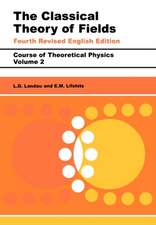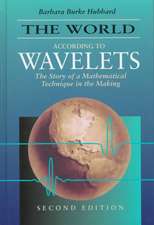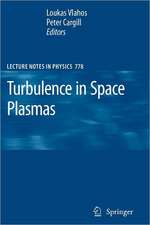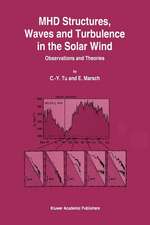Computer Simulation Using Particles
Autor R.W Hockney, J.W Eastwooden Limba Engleză Paperback – 1988
Computer Simulation using Particles deals with the simulation of systems by following the motion of their constituent particles. This book provides an introduction to simulation using particles based on the NGP, CIC, and P3M algorithms and the programming principles that assist with the preparations of large simulation programs based on the OLYMPUS methodology. It also includes case study examples in the fields of astrophysics, plasmas, semiconductors, and ionic solids as well as more detailed mathematical treatment of the models, such as their errors, dispersion, and optimization.
This resource will help you understand how engineering design can be assisted by the ability to predict performance using the computer model before embarking on costly and time-consuming manufacture.
Preț: 691.12 lei
Preț vechi: 813.08 lei
-15% Nou
Puncte Express: 1037
Preț estimativ în valută:
132.26€ • 143.62$ • 111.10£
132.26€ • 143.62$ • 111.10£
Carte tipărită la comandă
Livrare economică 22 aprilie-06 mai
Preluare comenzi: 021 569.72.76
Specificații
ISBN-13: 9780852743928
ISBN-10: 0852743920
Pagini: 562
Ilustrații: illustrations, bibliography, index
Dimensiuni: 156 x 234 x 31 mm
Greutate: 1.04 kg
Ediția:Special Student edition
Editura: CRC Press
Colecția CRC Press
ISBN-10: 0852743920
Pagini: 562
Ilustrații: illustrations, bibliography, index
Dimensiuni: 156 x 234 x 31 mm
Greutate: 1.04 kg
Ediția:Special Student edition
Editura: CRC Press
Colecția CRC Press
Public țintă
UndergraduateCuprins
Computer experiments using particle models. A one-dimensional plasma model. The simulation program. Time integration schemes. The particle-mesh force calculation. The solution of field equations. Collisionless particle models. Particle-particle/particle-mesh algorithms. Plasma simulation. Semiconductor device simulation. Astrophysics. Solids, liquids and phase changes. Fourier transforms. Fourier series and finite Fourier transforms. Bibliography. Index.
Notă biografică
Roger Hockney obtained his BA and MA in the Natural Science Tripos (Physics) from Cambridge University and his PhD in ‘Numerical Analysis and Plasma Physics’ from Stanford University. He was Professor of Computer Science at Reading University, England, from 1970 to 1985 when he led a research team, supported by the UK Science Research Council, developing simulation methods using particles and implementing them on the new generation of parallel computers. In 1985, he took early retirement in order to concentrate on his own work, and accept visiting appointments.
James Eastwood acquired his BSc and PhD from Imperial College, London University. From 1972 to 1978 he worked with Professor Hockney at Reading University, and since 1978 he has pursued computational plasma physics research at Culham Laboratory. He is currently Editor of the Journal of Computer Physics Communications and a Committee member of The Institute of Physics Computational Physics Group.
James Eastwood acquired his BSc and PhD from Imperial College, London University. From 1972 to 1978 he worked with Professor Hockney at Reading University, and since 1978 he has pursued computational plasma physics research at Culham Laboratory. He is currently Editor of the Journal of Computer Physics Communications and a Committee member of The Institute of Physics Computational Physics Group.
Descriere
Computer Simulation using Particles provides an introduction to simulation using particles based on the NGP, CIC, and P3M algorithms and the programming principles that assist with the preparations of large simulation programs based on the OLYMPUS methodology. It also includes case study examples in the fields of astrophysics, plasmas, semiconductors, and ionic solids as well as more detailed mathematical treatment of the models, such as their errors, dispersion, and optimization. This resource will help you understand how engineering design can be assisted by the ability to predict performance using the computer model before embarking on costly and time-consuming manufacture.
